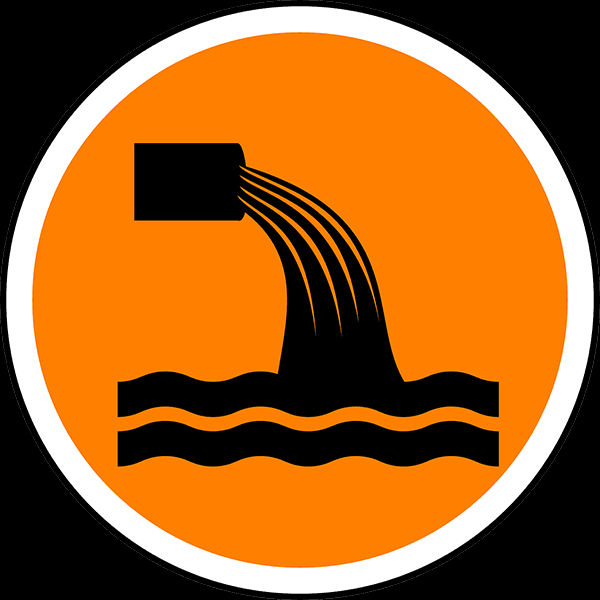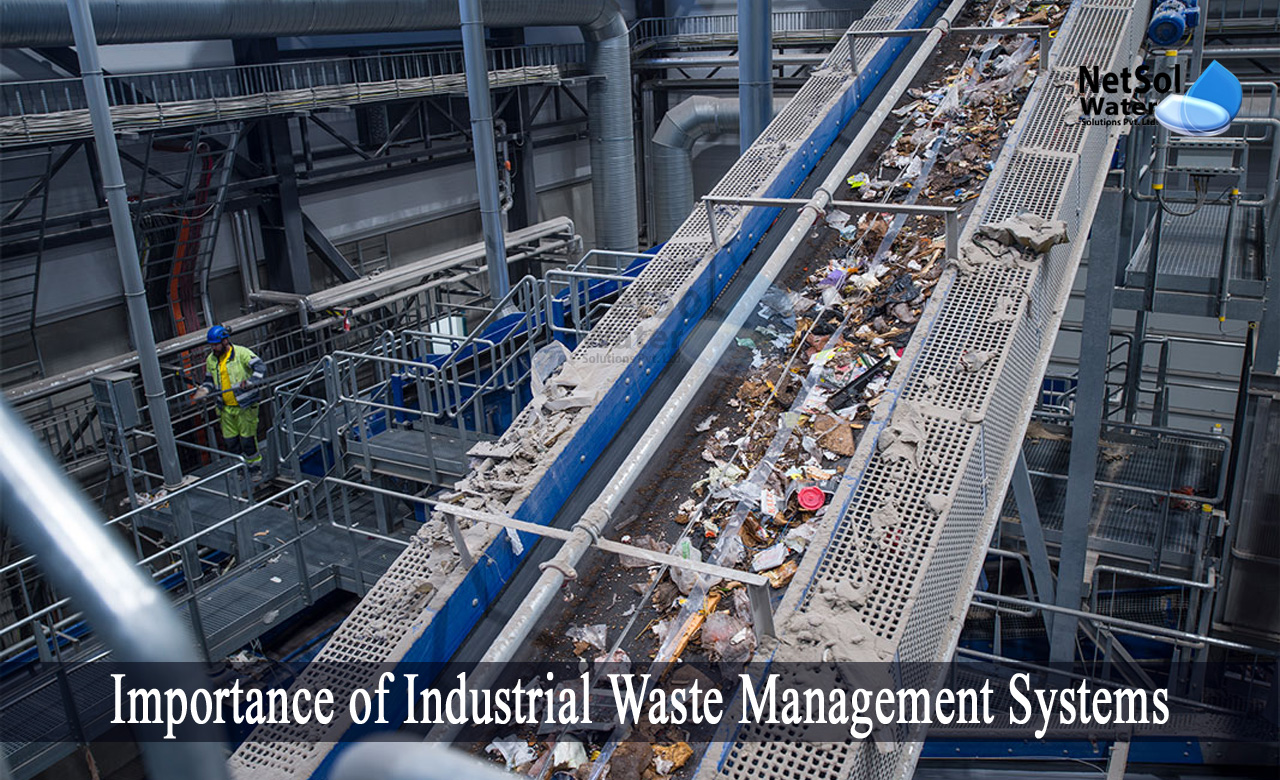The Buzz on Reclaim Waste
The Buzz on Reclaim Waste
Blog Article
What Does Reclaim Waste Do?
Table of ContentsSome Known Questions About Reclaim Waste.Top Guidelines Of Reclaim WasteThe Best Strategy To Use For Reclaim WasteAbout Reclaim WasteThe 5-Minute Rule for Reclaim Waste
Domestic sewer waste refers to the waste and products from a household septic storage tank. The proper monitoring and disposal of residential sewage waste call for fluid waste to be transferred to a sewage therapy plant where the appropriate methods and equipment are used to cleanse and dispose of waste.
Industrial waste typically includes possible risks, such as combustible products or a mix of fluid and strong waste products, and requires an advanced and comprehensive disposal process. The disposal of commercial waste commonly entails the filtration of waste prior to transport to ensure safe and proper disposal. Hazardous waste is created from byproducts and overflow of commercial procedures and manufacturing.
This kind of waste can not use the exact same sewer administration transport or procedures as septic or business fluids. The commercial waste management process requires the evaluation and screening of liquid waste before it goes through the disposal procedure (industrial wastewater treatment). Drainage waste is the fluid waste that originates from drainage and excess stormwater in very booming locations or cities
Runoff waste can create contamination and flooding if not managed appropriately. Making sure proper waste management can protect against calamities and minimize environmental injury.
Examine This Report about Reclaim Waste
Call PROS Services today to find out about our waste monitoring and disposal services and the correct ways to take care of the liquid waste you generate.
(https://www.anyflip.com/homepage/imqzz#About)Do you recognize what occurs to your water when you disengage, purge the bathroom or drain pipes the cleaning machine? No? Well, it deserves understanding. This supposed 'wastewater' is not only a vital source but, after therapy, will be launched to our land, waterways or the sea. Utilized water from toilets, showers, bathrooms, kitchen sinks, washings and industrial procedures is known as wastewater.

water made use of to cool equipment or clean plant and devices). Stormwater, a kind of wastewater, is overflow that moves from agricultural and metropolitan locations such as roofing systems, parks, yards, roadways, paths and rain gutters right into stormwater drains, after rain. Stormwater moves neglected straight to neighborhood creeks or rivers, eventually reaching the sea.
All about Reclaim Waste
In Queensland, the majority of wastewater is dealt with at sewer therapy plants. Wastewater is delivered from residential or commercial sites through a system of sewers and pump stations, recognized as sewage reticulation, to a sewer treatment plant.
The Department of Natural Resources recommends local federal governments concerning handling, operating and preserving sewerage systems and treatment plants. In unsewered areas, city governments may require householders to mount specific or home sewage therapy systems to deal with domestic wastewater from commodes, kitchen areas, shower rooms and laundries. The Division of Natural Resources authorizes using household systems when they are confirmed to be efficient.
In some brand-new class, treatment of some stormwater to eliminate litter, sand and crushed rock has started using gross contaminant traps. Wastewater treatment takes place in four phases: Removes solid issue.
Wastewater then moves right into large containers where solids settle and are gotten rid of as sludge. Grease and scum are skimmed from the surface area. Uses small living microorganisms recognizes as micro-organisms to damage down and remove remaining liquified wastes and great particles. Micro-organisms and wastes are integrated in the sludge. Removes nitrogen and phosphorus nutrients that might create algal blooms in our rivers and intimidate aquatic life.
Some Known Details About Reclaim Waste
Nutrient removal is not readily available at all sewer therapy plants since it needs expensive specialised tools. Clear liquid effluent produced after therapy might still consist of disease-causing micro-organisms - industrial wastewater treatment.

This typically implies wastewater needs to be dealt with or pollutants removed prior to it can be released to waterways. Most wastewater moves right into the sewerage system. Under the Act, city governments carry out authorizations and licences for eco appropriate activities (Periods) including wastewater releases that could have click to read a regional impact. The division administers authorizations and licences to Periods including wastewater releases that may have a regional or statewide influence.
The Ultimate Guide To Reclaim Waste
Surveillance gives accurate information concerning water high quality and can verify that licence conditions are being satisfied. The info acquired with surveillance gives the basis for making water top quality choices.
Report this page